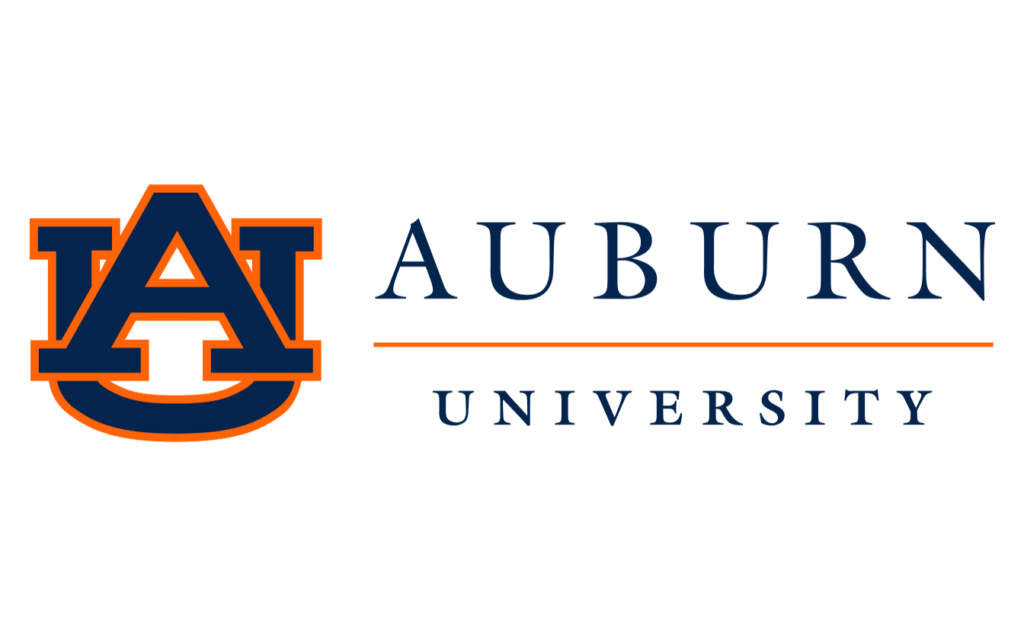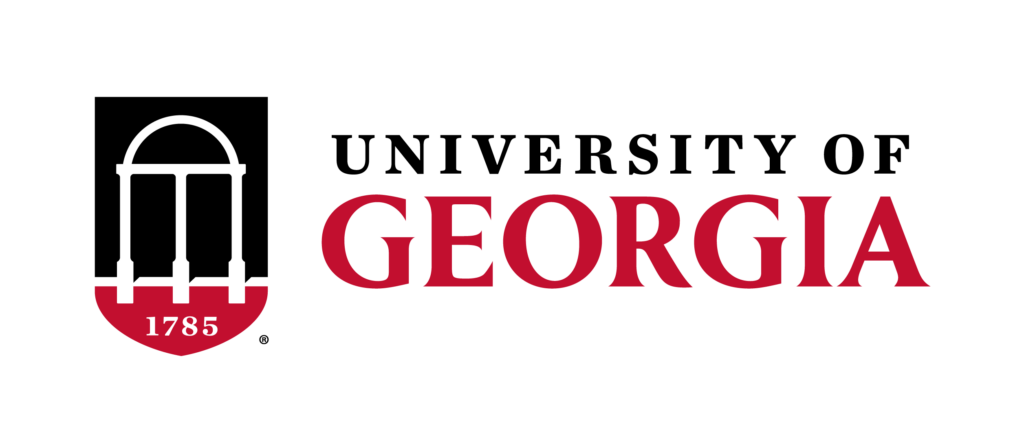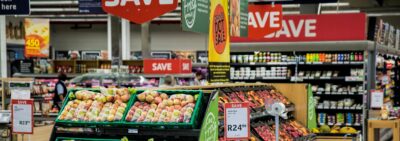Research Advisor: Professor Will Secor, University of Georgia, wsecor@uga.edu
Agricultural production requires significant investment. These investments create significant costs that often are lumpy and need to be spread over several enterprises and the whole operation. One area of focus is machinery and equipment costs. Producers must choose among several features, sizes, age, and capabilities when selecting among several equipment options. Choosing the right equipment that fits their operations is essential to managing costs. Additionally, producers need to consider the option of hiring someone to complete a task for them instead of doing it themselves. This may cost them more in some areas, but it will potentially save them significant sums of money from avoided equipment costs. These costs of hiring others to complete certain farming tasks is called a custom rate. At what point these costs balance depends on producer equipment costs, size, and prevailing custom rates.
This project will investigate when it makes sense to pay for custom work vs owning the equipment yourself. This applied research will look at differences across states and commodities. Producers will be better informed of how to make this decision for their own operation and identify potential comparisons to numbers in their state.
During this project, students will use budgeting tools to help answer this question. In the analysis, students will collect data directly from industry and from other sources to help complete the research. They will also create and perform sensitivity analyses to assess how changes in key variables affect the results.
At the end of this project, students will be able to:
- Research agricultural and food issues using primary and secondary data collection
- Analyze agricultural operations, equipment costs, and enterprise budgets
- Use partial budgeting principles to investigate the economic impacts of a change in management practices
- Discuss cost management topics with agricultural industry stakeholders










